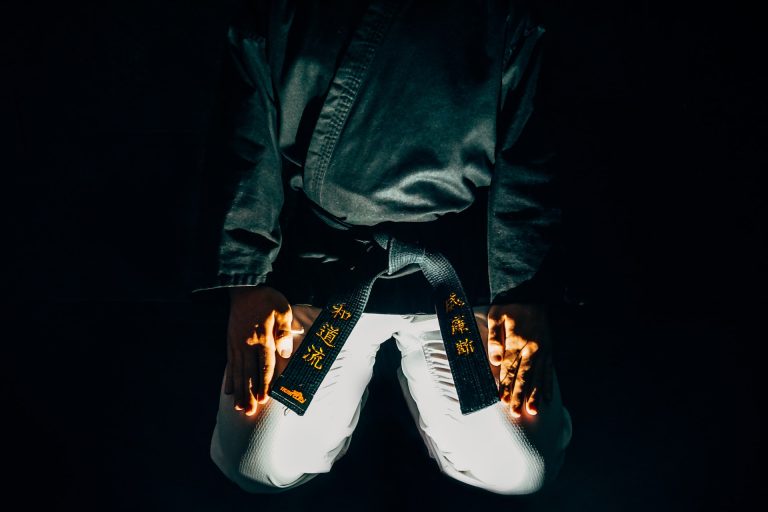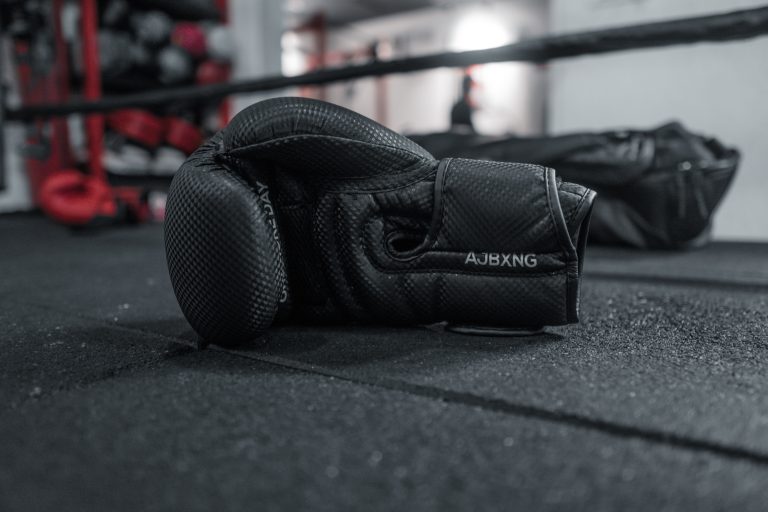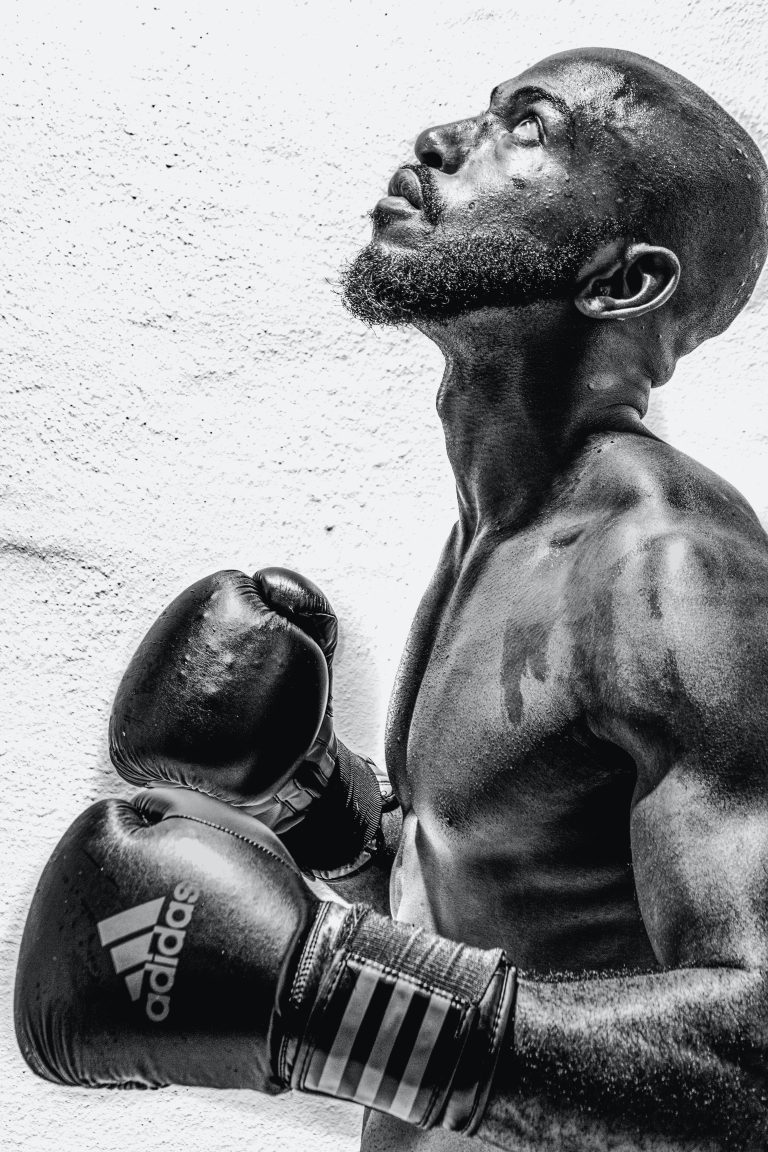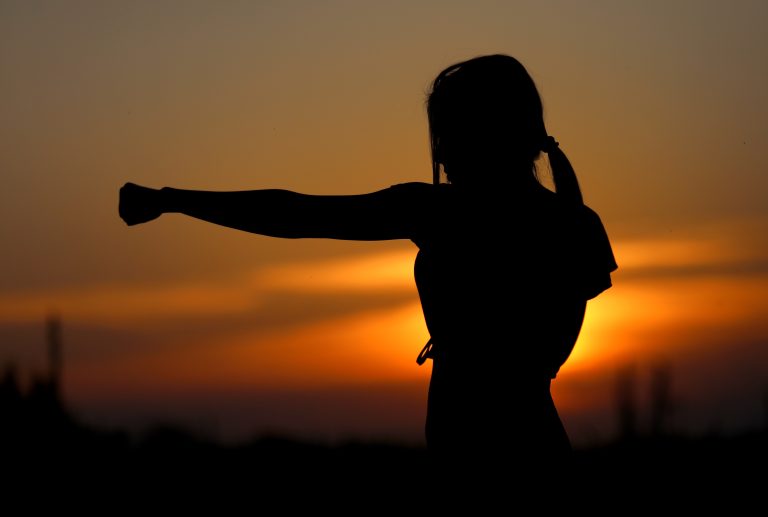Aikido: Die japanische Kampfkunst der Harmonie
Aikido ist eine Kampfkunst, die ihren Ursprung in Japan hat. Sie wurde von Morihei Ueshiba in den 1920er Jahren entwickelt und kombiniert Elemente des Judo, Jujitsu und des Schwertkampfes.
Anders als andere Kampfkünste, bei denen der Fokus oft auf der Aggression und dem Siegen liegt, setzt Aikido auf die Vermeidung von Konflikten und den Respekt vor dem Gegner. Die Prinzipien von Aikido basieren auf der Idee der Harmonie, der Energiekontrolle und der Selbstverteidigung.
Die Philosophie von Aikido
Die Philosophie von Aikido basiert auf der Idee der Vermeidung von Konflikten, der Respekt vor dem Gegner und der Verwendung von Techniken, um den Gegner zu neutralisieren, ohne ihm Schaden zuzufügen.
Aikido lehrt außerdem, dass das Überwinden des Egoismus und das Streben nach Harmonie und Frieden der Schlüssel für ein erfülltes Leben sind. Die Prinzipien des Aikido sollen nicht nur im Dojo, sondern auch im täglichen Leben angewendet werden.
Die Techniken von Aikido
Die Techniken von Aikido umfassen Würfe, Gelenkhebel und Bewegungen, um den Angriff des Gegners zu neutralisieren. Aikido-Techniken sind so konzipiert, dass sie auch von Personen mit geringer Körperkraft angewendet werden können.
Ein weiteres wichtiges Element von Aikido ist die Energiekontrolle. Aikidoka lernen, die Energie ihres Gegners zu nutzen, um ihn zu bewegen oder zu neutralisieren. Dies erfordert ein hohes Maß an Konzentration und Feingefühl.
Die Praxis von Aikido
Die Praxis von Aikido erfolgt in einem Dojo. Es gibt keine Wettkämpfe, sondern Übungen mit einem oder mehreren Partnern. Eine typische Aikido-Trainingseinheit beginnt mit einer Aufwärmphase, gefolgt von grundlegenden Technikübungen und schließlich der Übung von Techniken in Partnerarbeit.
Ein weiteres wichtiger Aspekt von Aikido ist das Training mit Waffen wie dem Bokken (Holzschwert) und dem Jo (Kurzstock). Das Training mit Waffen hilft dabei, die Prinzipien von Aikido weiter zu vertiefen und die Körperkontrolle zu verbessern.
Fazit
Aikido ist mehr als nur eine Kampfkunst. Es ist eine lebenslange Praxis, die auf der Idee der Harmonie, der Energiekontrolle und der Selbstverteidigung basiert. Aikido lehrt uns, Konflikte zu vermeiden und friedliche Lösungen zu finden. Es ist nicht nur eine Kampfkunst, sondern ein Weg, um ein erfülltes Leben zu führen.
Aikido: Die japanische Kampfkunst der Harmonie – Frequently Asked Questions
Aikido is a Japanese martial art that focuses on self-defense and redirecting the energy of an opponent to neutralize their attack. This martial art has been gaining a lot of popularity worldwide due to its philosophy of harmony, non-violence, and self-defense techniques. Here are some of the most frequently asked questions regarding Aikido.
What is Aikido?
Aikido is a non-violent traditional Japanese martial art that focuses on self-defense techniques. It was developed in the early 20th century by Morihei Ueshiba, also known as O-Sensei. The martial art is based on the principles of blending with an opponent’s movements and redirecting their energy instead of using brute force.
What does Aikido mean?
Aikido can be translated as „the way of harmony with the spirit“ or „the way of unifying life energy.“ The word „Ai“ means harmony, „Ki“ refers to life energy, and „Do“ means the way or path.
What are the benefits of practicing Aikido?
Aikido offers numerous benefits for both physical and mental health. Some of the benefits include improved balance, flexibility, coordination, and endurance. Aikido training can also help reduce stress levels, improve self-confidence, and increase self-awareness.
Is Aikido effective for self-defense?
Yes, Aikido is an effective martial art for self-defense. Unlike other martial arts that rely on strength and power, Aikido uses techniques that allow a smaller or weaker person to neutralize an attack from a larger or stronger opponent. The philosophy of Aikido is based on redirecting an opponent’s energy instead of using brute force, making it a practical form of self-defense for anyone.
Can anyone practice Aikido?
Yes, anyone can practice Aikido regardless of age or physical condition. Aikido techniques can be adapted to suit different individuals, making it accessible to people of all ages and abilities. However, it’s always advisable to consult with a doctor before taking up any new physical activity, especially if you have any pre-existing medical conditions.
What equipment is needed for Aikido training?
Aikido training typically requires a gi, which is a traditional Japanese training uniform consisting of a jacket and pants. A belt or obi is also worn to signify rank. In some cases, students may also use weapons such as the bokken or wooden sword, jo, or wooden staff, and tanto or wooden knife during training.
What is the grading system for Aikido?
The grading system for Aikido is based on a system of colored belts, known as kyu ranks, and black belts, known as dan ranks. The kyu ranks range from 6th kyu (beginner) to 1st kyu (advanced), while the dan ranks range from 1st dan (shodan) to 10th dan (judan). The advancement through the ranks is based on the student’s technical knowledge and proficiency, as well as their knowledge of Aikido principles and philosophy.
What is the philosophy of Aikido?
The philosophy of Aikido is based on the concept of „harmony“ or „blending“ with an opponent’s energy. Aikido teaches that true self-defense is not about defeating an opponent through force but rather about neutralizing their attack through redirection and harmonization. The philosophy of Aikido is also focused on personal growth, discipline, and the development of a peaceful mind and spirit.
Where can I find an Aikido dojo?
Aikido dojos can be found in many cities and towns worldwide. It’s advisable to do some research online to find a reputable dojo in your area. You can also check with your local community center or gym to see if they offer Aikido classes. When looking for a dojo, it’s important to find one that aligns with your personal goals and values and has qualified and experienced instructors.
Conclusion
These are some of the most frequently asked questions regarding Aikido. As you can see, Aikido is much more than just a martial art; it’s a way of life. With its philosophy of harmony and non-violence, Aikido can help you not only improve your physical well-being but also your mental and spiritual well-being. So why not give it a try and see the positive impact it can have on your life?
Inhaltsverzeichnis






